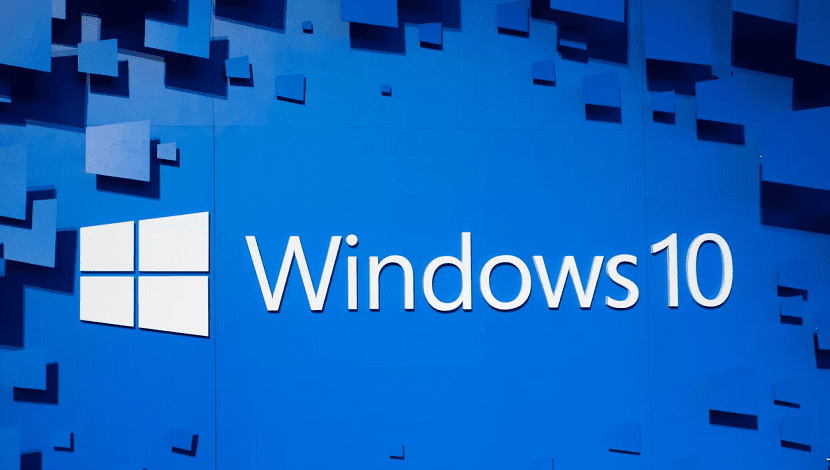
If we are going to share our Windows 10 computer with several people, it is best to create separate user accounts for each of these people. In this way, each one will be able to have their own files, without the rest having access. In addition to allowing each one to configure certain aspects. Next we will show you how you can create a new user account.
In this way, if there are several people using or who are going to use this computer with Windows 10, you will be able to save yourself problems. We can create as many accounts as we want in the operating system, The process is always the same. Therefore, below we will tell you the steps to follow.
The process of creating an account is simple and always the same. Although we have the possibility of creating different types of account on the computer, as we will show you below. So depending on your situation, there will be an option that best suits what you are looking for.
From Windows 10 settings

It is possibly the simplest method that we can use to create a new user account in Windows 10. From the computer's own configuration we will be able to carry out the necessary steps to have this new user account. It is something really easy to achieve.
We then access the computer configuration and once inside, we have to go to the accounts section. We click on it and the options that refer to the account will then appear on the screen. We go to the "Family and other people" section that appears in the left menu.
On the screen you can see a section called «Other people». Under it we get a symbol + next to the text, add another person. We have to click on it. A new window then opens in which the wizard to create this other account appears. So we are going to have to fill in the necessary information to be able to create this account. In this sense, we have a couple of options to create such an account:
- Microsoft account: We can create a new user in Windows 10 using an Outlook or Hotmail email account. So this account will be present on the computer and also online. If the other person already has an email account on one of these platforms, it can be very convenient.
- Local user account: This is an account type that will only exist on this computer. It will not be linked to an email or another account.
We therefore choose the option that best suits our case.. We then only have to follow the steps that the wizard indicates and with this we will have finished the process. A new user account has already been created on our Windows 10 computer. As you can see, the process is not complex.
Microsoft account

If this is the option that interests us at that time, we have to enter the email of said user, either ours or that of another person who is going to use the computer. The only thing we are going to have to do later is click on the next button. With these steps, the account will have been created on the computer.
So that said person can access their profile on the computer, you will have to write the password you use in your email account. It will be the same that you will need to access Windows 10 at all times.
Local user account
If we opt for this option then, when we are in the account creation wizard, we have to click on the option I do not have the login data of this person. Then we have to click on Add a user without a Microsoft account, and then we will be allowed to create said account, entering data such as the username or password that said account will have to access the computer.
In this way, we have created a local user account in Windows 10. An account that is not associated with an email and can only be accessed on that computer.